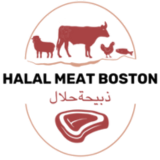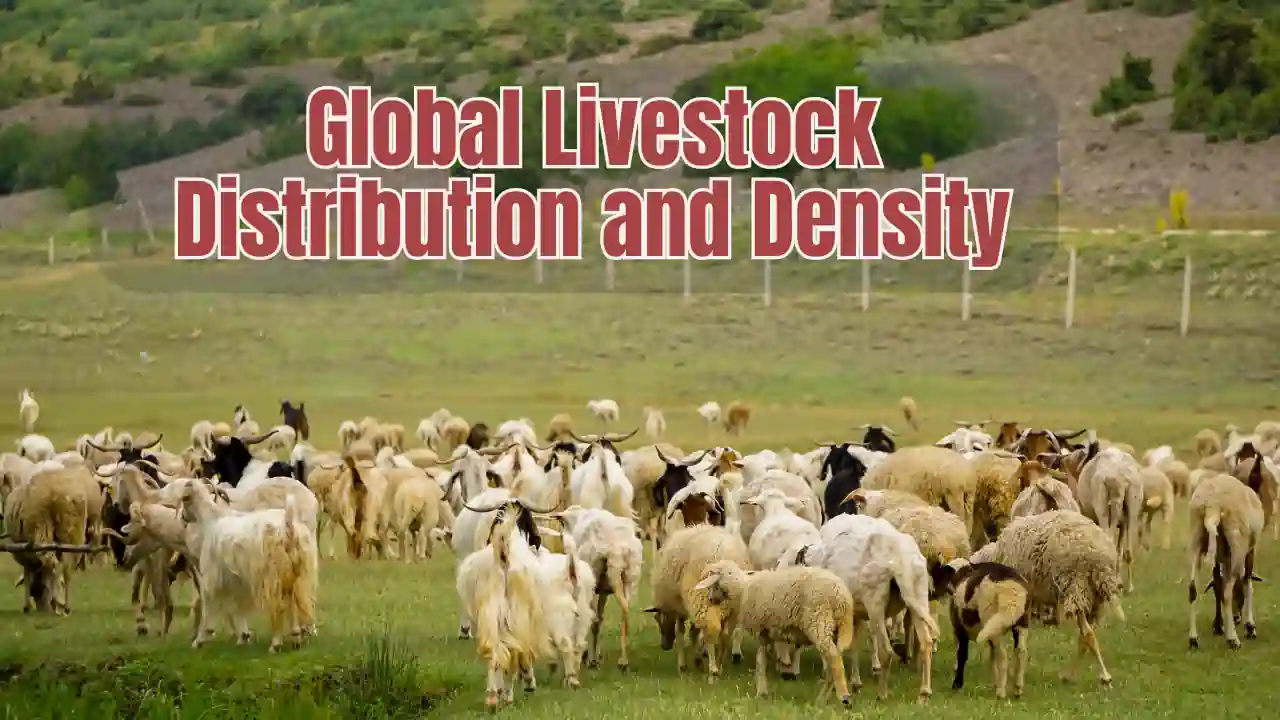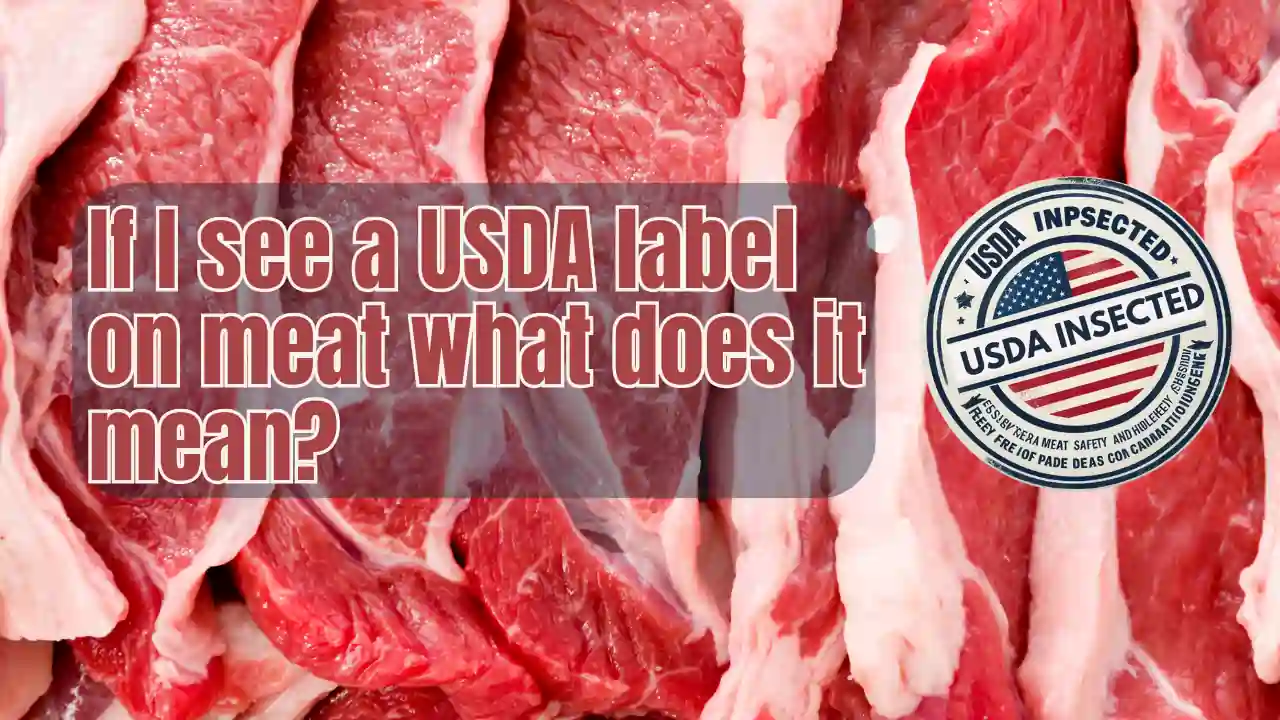Timeline: The Domestication of Animals
Introduction Domestication is a process that has profoundly shaped human civilization, turning wild animals into companions, labor sources, and livestock. While this process is complex and ongoing, the timeline of animal domestication offers fascinating insights into how humans have transformed the natural world to better suit their needs. The Early Days of Domestication One of the earliest animals to be domesticated was the dog, with genetic evidence suggesting a split from their wild wolf ancestors as far back as 33,000 years ago. This pivotal moment marks the beginning of a symbiotic relationship that has endured millennia. What is Domestication? Domestication involves selective breeding to ensure animals possess traits that make them more compatible with human needs. Some key characteristics of domesticated animals include: Genetic differences from wild ancestors. Dependence on humans for food and reproduction. Difficulty in breeding with wild counterparts. Physical traits such as smaller skulls, floppy ears, or coat color variations. Importantly, domestication differs from taming, which is simply the process of conditioning wild animals to live in captivity without necessarily altering their genetic traits. Why Did Humans Domesticate Animals? The reasons for domestication vary but generally fall into three categories: food, work, and companionship. As humanity transitioned from a hunter-gatherer lifestyle to agriculture, the domestication of livestock like sheep, cows, and pigs became crucial to sustaining settled communities. A Closer Look at the Timeline The timeline of domestication offers a snapshot of human ingenuity across different regions: Dog: Domesticated as early as 34,000 BCE in Eurasia. Sheep, Goat, Pig, Cow: Domesticated around 9,000–8,300 BCE in the Middle East. Cat: Domesticated around 7,500 BCE, also in the Middle East. Zebu (Humped Cow): Domesticated around 6,000 BCE in South Asia. Llama and Alpaca: Domesticated between 4,000–3,000 BCE in South America. Horse: Domesticated around 3,500 BCE in Central Asia. The Impact on Modern Society The domestication of animals has had a profound impact on the development of human society. The ability to domesticate plants and animals for agriculture enabled a stable food supply, which in turn allowed human populations to grow and societies to flourish. This stable food production freed up time for other pursuits—scientific, artistic, and technological—that have shaped the world as we know it today. Conclusion The domestication of animals is more than just an agricultural milestone—it is a testament to human adaptability and innovation. Understanding this timeline not only sheds light on our past but also helps us appreciate the intricate relationships between humans and animals that continue to evolve in our modern world. Sharing and Licensing This visualization and information are free to share and post in their original form. For commercial uses or modifications, please explore licensing options. Reference: For more detailed information on this timeline and to explore similar content, you can visit Visual Capitalist.





